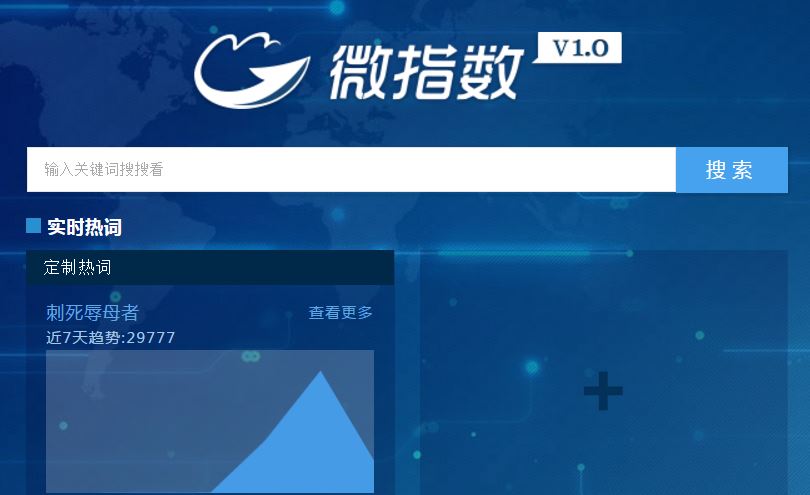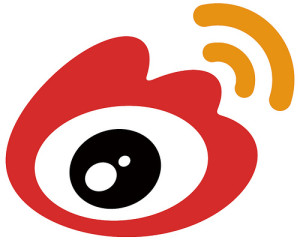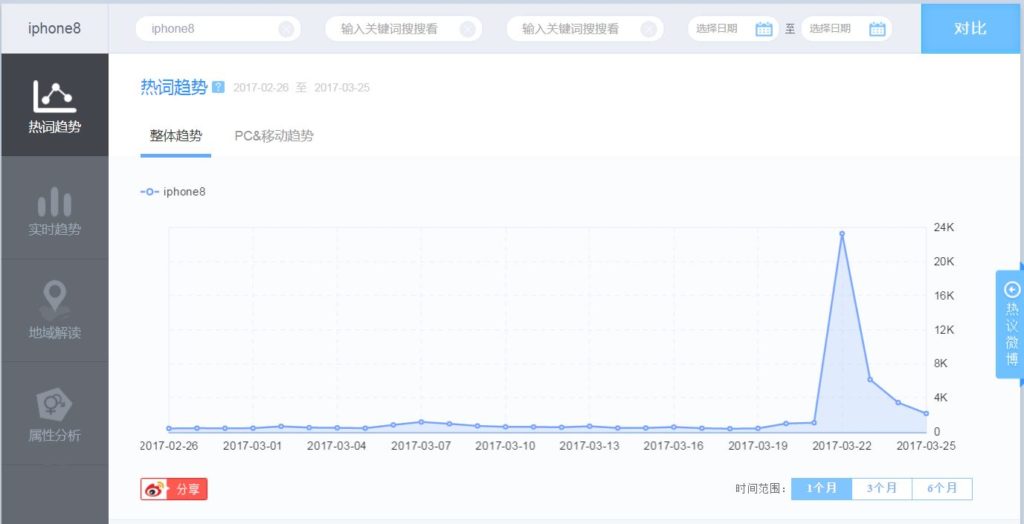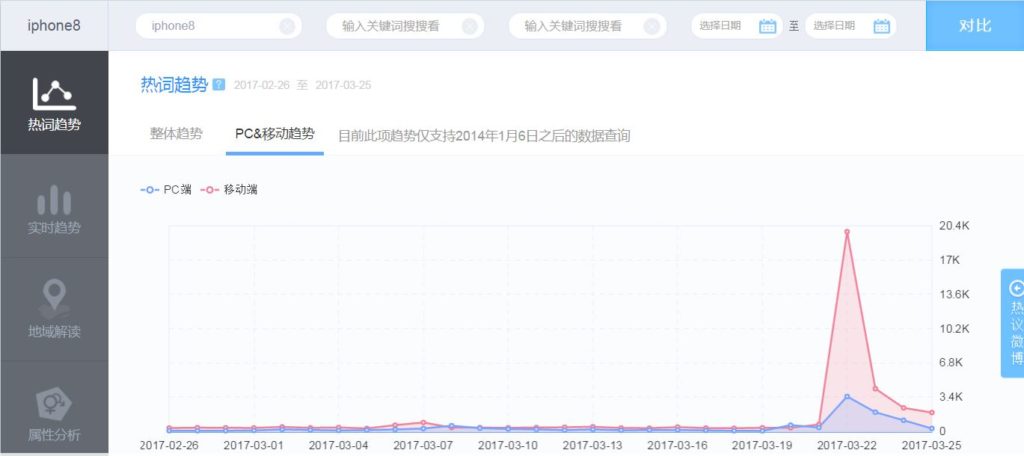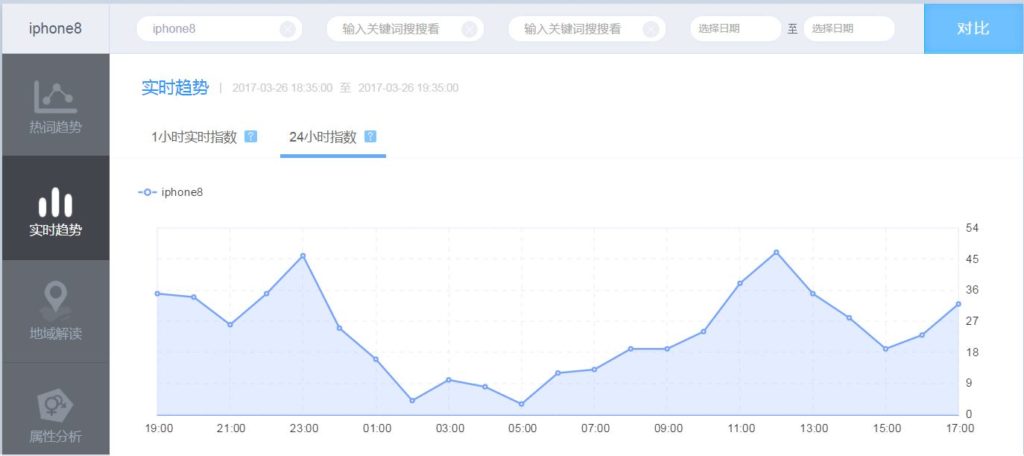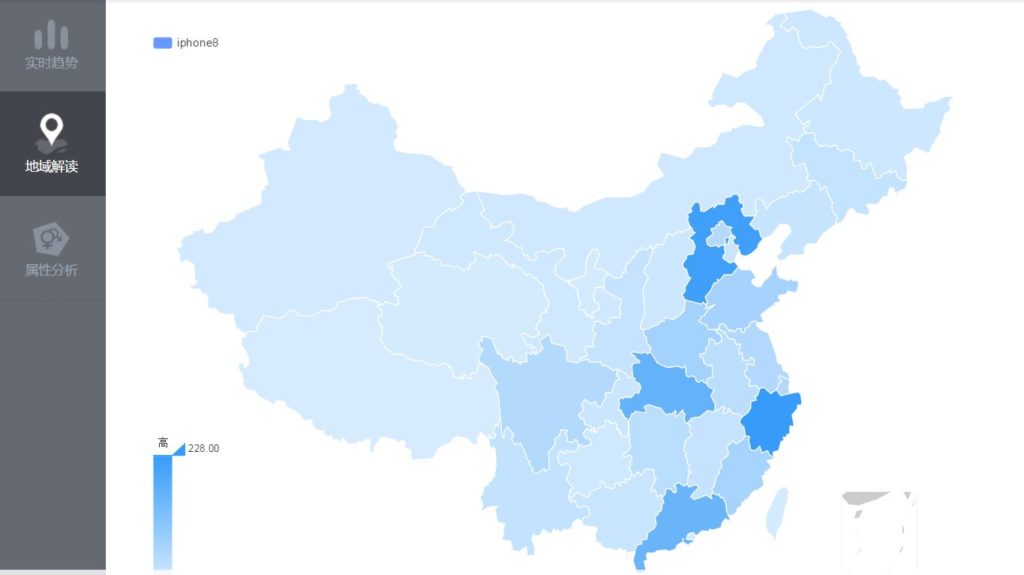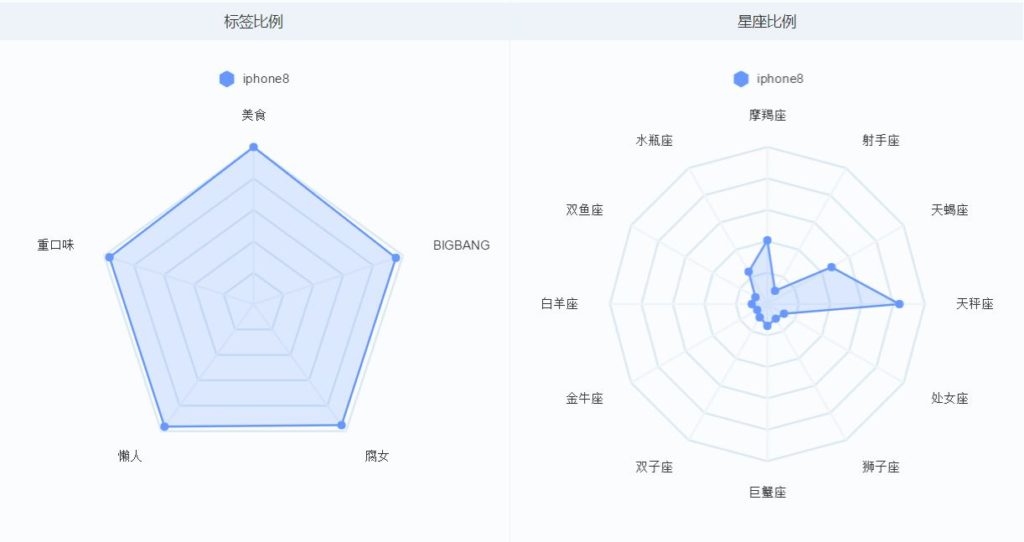Weibo Index Tutorial
In terms of monthly users, Weibo is the second largest Chinese social media platform after WeChat. However, unlike WeChat, it is still primarily PC based. Weibo is one of the most powerful marketing tools in China offering wide range of possibilities for reaching people across various demographics and psychographics.
Weibo offers to marketers a powerful Weibo Index tool to learn more about what platform users are searching for. Compared to previously covered Baidu and Qihoo tools, it is structured in significantly different way allowing generating other types of data.
It is important to note that social media platforms like Weibo could be quite similar to search engines in many ways. Platform users search for terms in a similar way as they do using Baidu or Qihoo. This allows Weibo to generate wealth of information that could be indispensable for marketers looking to customize their message for this particular audience.
Weibo Index into four main tabs: historic keyword trends, real time trends, geographical interpretation and user attributes analysis.
Let’s examine what Weibo Index shows for the same keyword we used for Baidu and Qihoo tools covered earlier.
The first graph shows search volumes for a keyword on PC and mobile. It is quite clear that there is a certain correlation with the search results we have seen with the search engines: both types of data show a sharp peak in the second half of March:
Looking at both PC based and mobile searches reveals the fact that most searches have been done from mobile Weibo app rather than PC based website:
Next tab displays search volumes in the past 24 hours. Here, peaks occur in different times compared to results from the search engines. Apparently, Weibo searches for iPhone 8 have peaked at around noon and then again at 23:00:
Such information can be particularly useful for social media marketing. It can allow marketers to figure out optimal timing for posts to receive maximum exposure on the network. In fact, the data can even be reduced down to an hour level in order to identify search volumes of every single minute within a particular hour!
The location tab shows geographic distribution of the searches:
Here the situation is also a bit different from the results we have seen with Baidu and Qihoo. It seems that people in Hebei and Zhejiang provinces were the ones most interested in iPhone 8.
Last tab, audience attributes, shows even less correlation with the search engines data for this particular term. This time, women represented the vast majority of the audience (80%) vs. only 20% of men. Also, the audience is significantly much younger on Weibo: most people searching for iPhone 8 were between ages 19-24.
This information could lead to a different approach for marketing this specific product. On Weibo, marketers could be tailoring the ad to a largely young female audience while Baidu and Qihoo ads should cater to older male crowd. Optimizing marketing approach across different platforms would be much more difficult without having such data.
Last section of the audience attributes tab relates to user persona that seems quite irrelevant for this particular keyword. Also, Weibo shows the data on zodiac signs of the users searching for a particular term:
Apparently, Libra born users were more active in their search for iPhone 8. Why was that the case? I guess we will never know.
In any case, Weibo seems to be the only network out there that enables marketers to incorporate astrology into their marketing…
Continue to WeChat Index tutorial >>>
Here are our tutorials on China keyword research tools:

